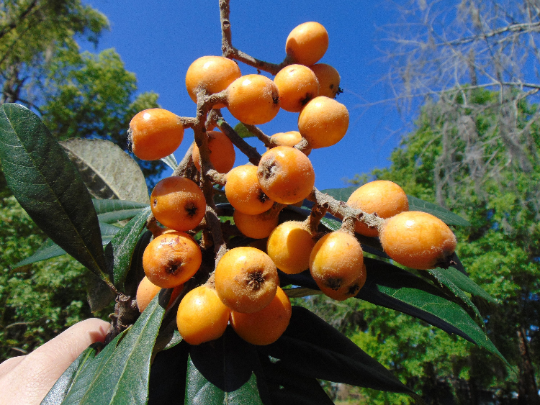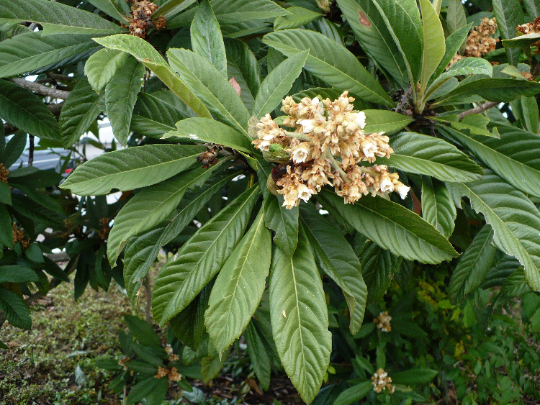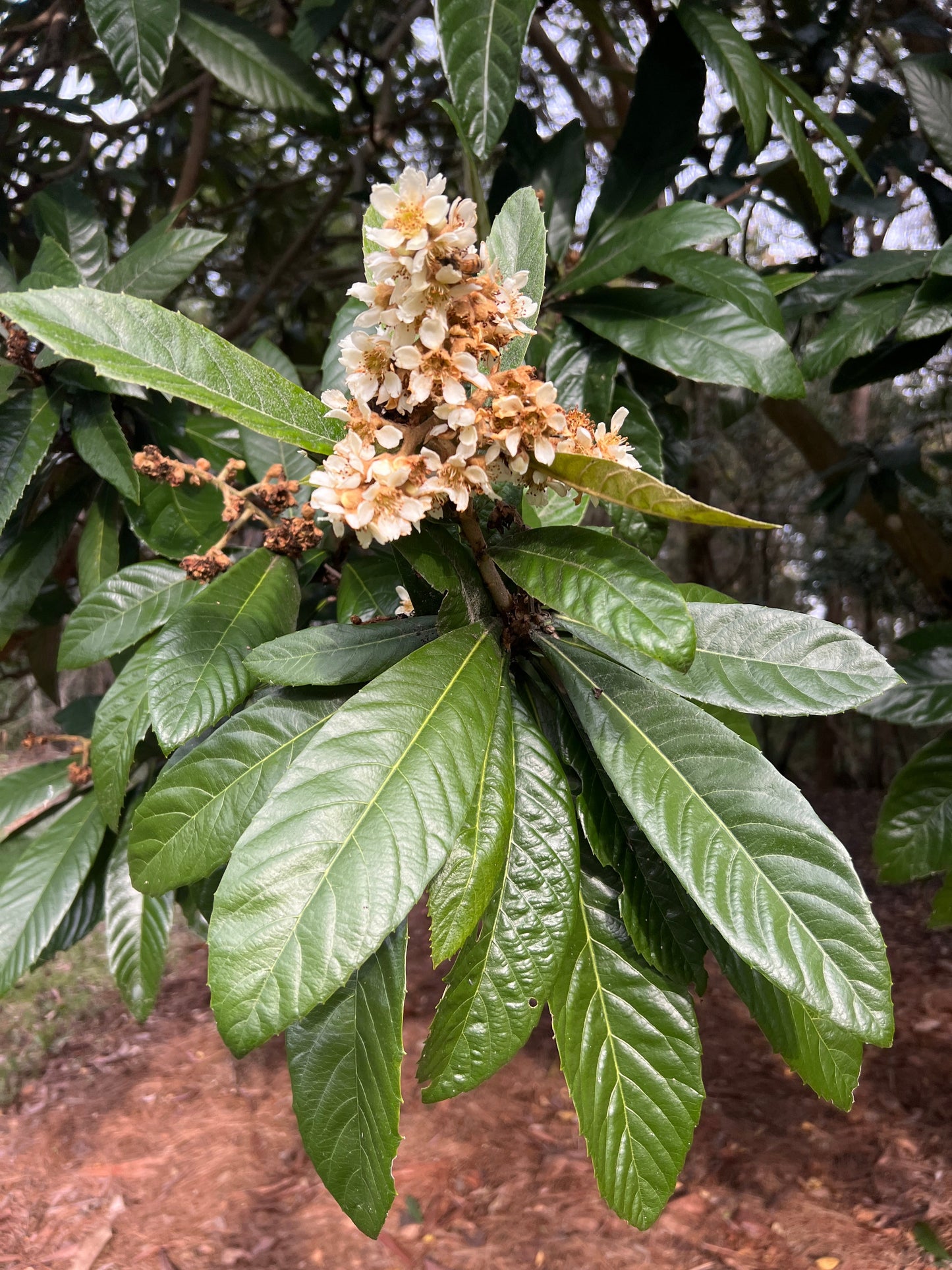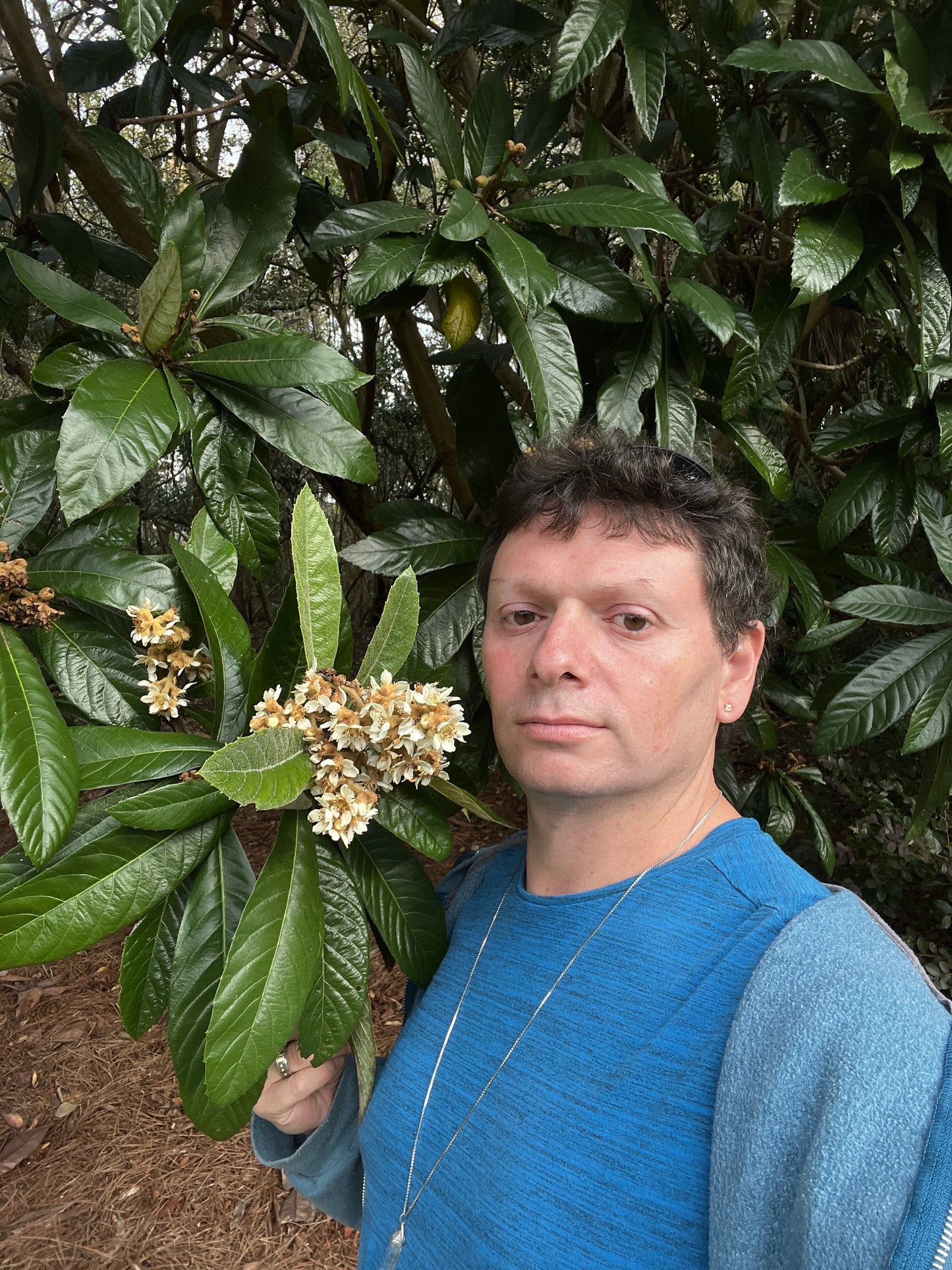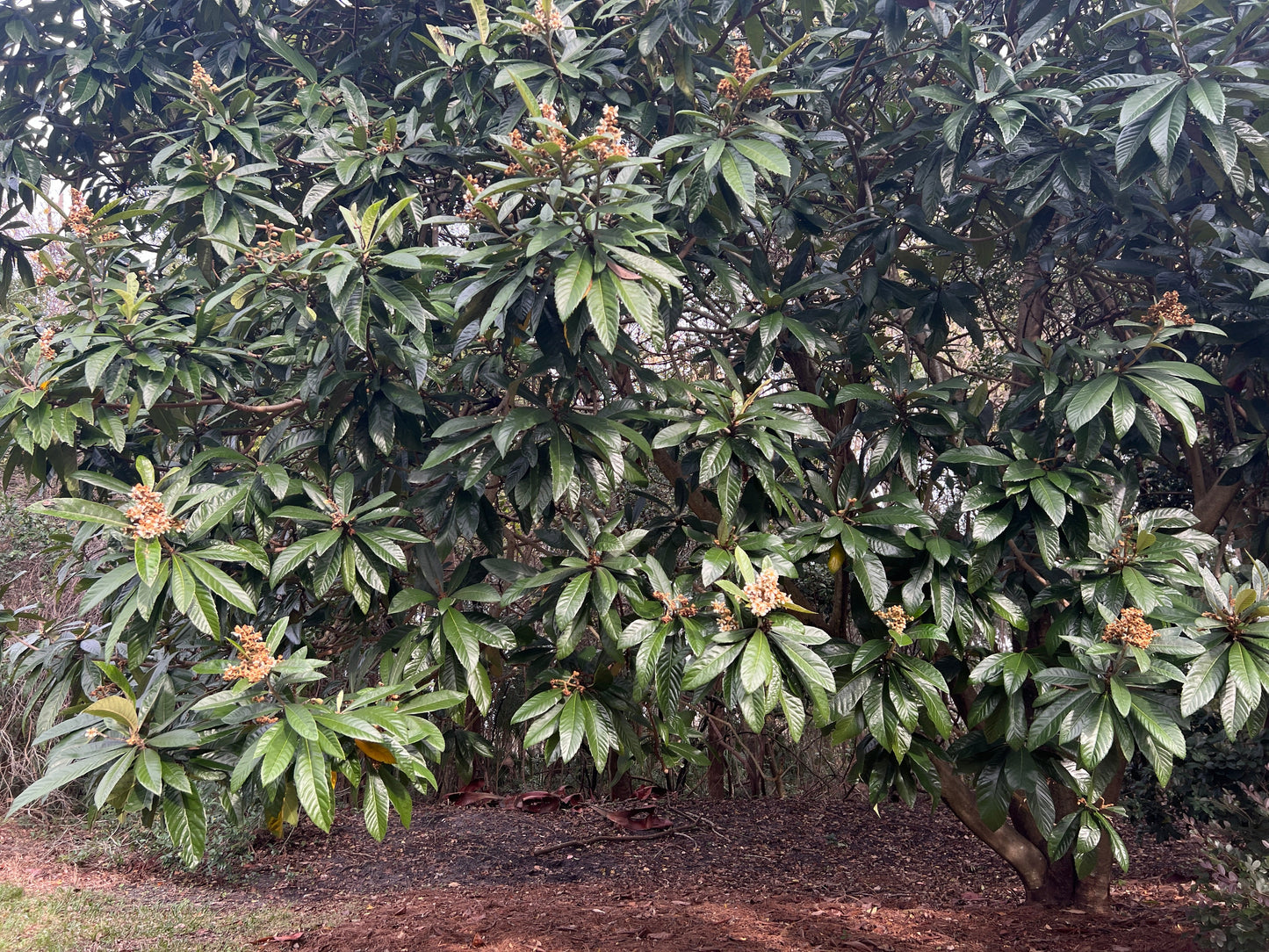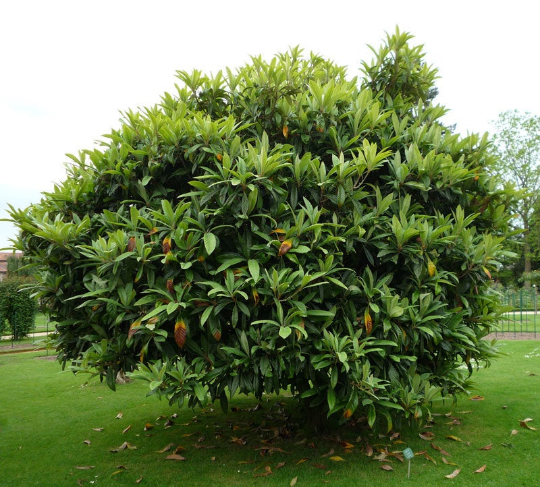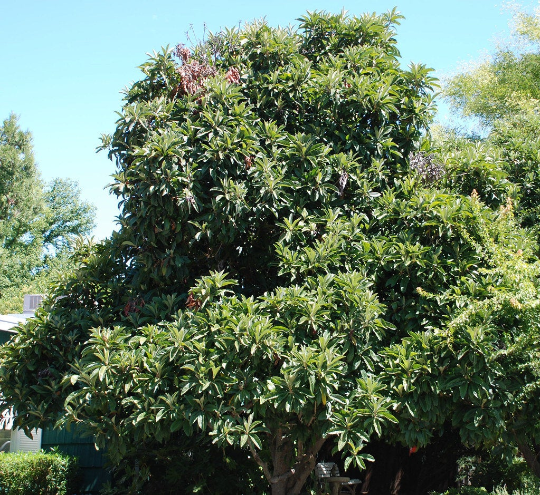Floridaseeds
Loquat Japanese Medlar Eriobotrya japonica 20 Seeds USA Company
Loquat Japanese Medlar Eriobotrya japonica 20 Seeds USA Company
Couldn't load pickup availability
Eriobotrya japonica, commonly known as the loquat, is a species of flowering plant in the family Rosaceae, native to southeastern China. Here's a description:
Appearance: The loquat is an evergreen tree or large shrub with dense foliage. It typically grows to a height of 5 to 10 meters, though some cultivated varieties can be larger. The leaves are large, dark green, and leathery, with prominent veins. They are often lanceolate or elliptical in shape and have a distinctive texture.
Flowers: In late autumn or early winter, the loquat produces small, fragrant white flowers arranged in clusters. The flowers are about 1 cm in diameter and have five petals. They are attractive to bees and other pollinators.
Fruit: The fruit of the loquat is a drupe, typically round or pear-shaped, with a smooth or downy skin. When ripe, the fruit ranges in color from yellow to orange and is sweet and juicy, with a flavor reminiscent of a blend of peach, citrus, and mild mango. Each fruit contains several large brown seeds.
Cultivation: Loquat trees are cultivated in various regions around the world for their edible fruit, ornamental value, and medicinal properties. They prefer subtropical to mild temperate climates and thrive in well-drained soil and full sun. They are relatively drought-tolerant once established.
Uses: The fruit of the loquat is commonly eaten fresh, though it can also be used in jams, jellies, preserves, and baked goods. In traditional Chinese medicine, various parts of the loquat tree, including the leaves and seeds, are used for their purported medicinal properties, such as soothing coughs and reducing inflammation. Hardy in zones 8-10.
Growing Instructions for the Loquat
1. Prepare a mixture of half potting soil and half sand, perlite or vermiculite. Water the mixture so that it is moist but not wet. 2. Put the seeds on the soil. 3. Cover the seeds with a thin layer of soil. 4. Water the seeds. 5. Place the pots in an area with warm temperatures in full sun or part shade. 6. When the seedlings are a few inches tall, they can be transplanted.
Materials
Materials
Shipping & Returns
Shipping & Returns
Dimensions
Dimensions
Care Instructions
Care Instructions
Share

